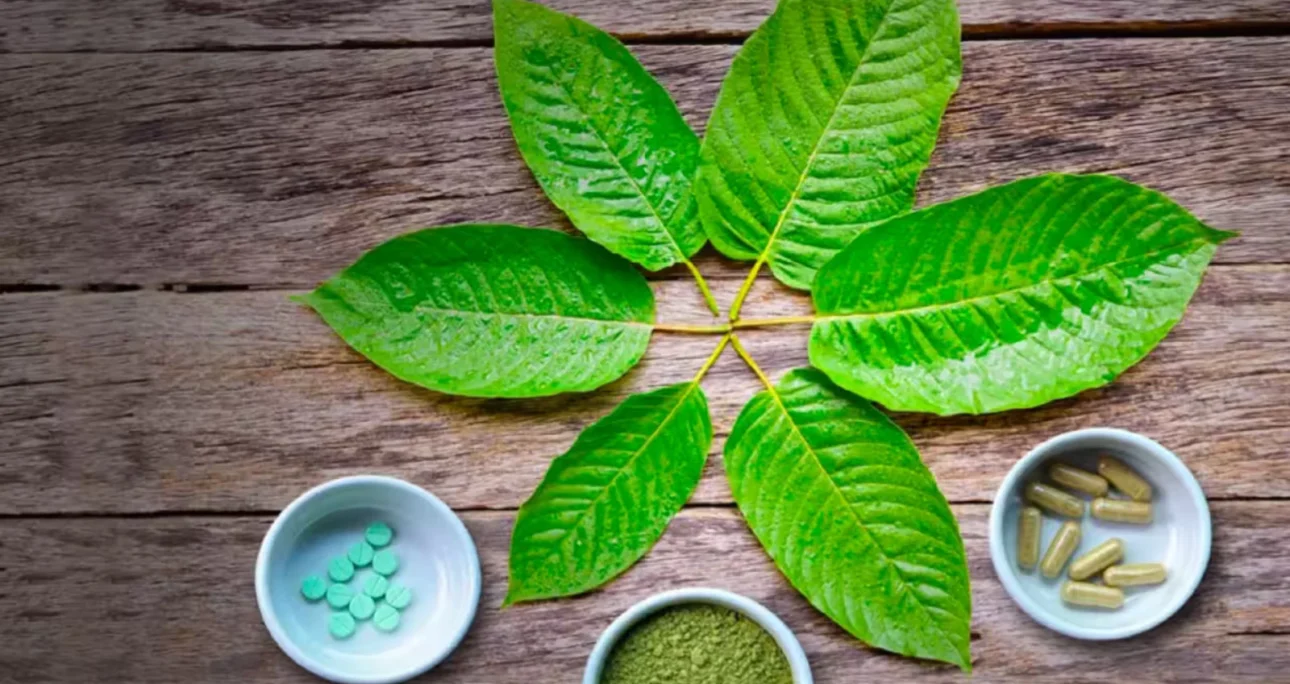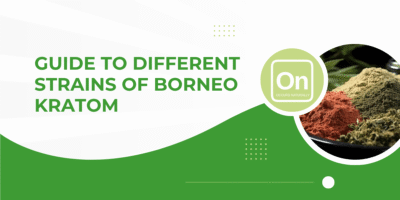Alkaloids, the natural compounds found in kratom, play a crucial role in its effects on the body. Let’s delve into the fascinating world of kratom alkaloids, exploring their nature, functions, and the factors influencing their presence in this tropical plant.
What Are Alkaloids?
Alkaloids are naturally occurring organic compounds characterized by the presence of nitrogen atoms within their chemical structure. While they vary in complexity, alkaloids typically contain hydrogen, carbon, sulfur, oxygen, chlorine, and phosphorus alongside nitrogen. Found predominantly in plants, alkaloids have diverse biological effects and are often associated with medicinal properties.
Kratom Alkaloids and Their Functions
Kratom, scientifically known as Mitragyna speciosa, is a tropical plant indigenous to Southeast Asian countries such as Malaysia, Thailand, Myanmar, and Indonesia. Its leaves and extracts have been traditionally used for various medicinal purposes, owing largely to the presence of alkaloids.
Among the numerous alkaloids present in kratom, mitragynine, and 7-hydroxymitragynine stand out as the most prominent. However, kratom contains over 50 other alkaloids, each with its unique structure and effects. Let’s explore some of the key alkaloids found in kratom and their functions:
- Mitragynine: Mitragynine is the primary alkaloid in kratom and is known for its pain-relieving properties. Acting as a selective agonist, mitragynine binds to opioid receptors in the brain, potentially alleviating discomfort. Depending on the dosage, mitragynine can also act as a stimulant or a relaxant, offering a range of effects to users.
- 7-Hydroxymitragynine: 7-Hydroxymitragynine is another significant alkaloid found in kratom, believed to contribute to the plant’s analgesic effects. Like mitragynine, it binds to opioid receptors in the brain, potentially reducing pain and promoting relaxation. While present in smaller quantities compared to mitragynine, 7-hydroxymitragynine plays a crucial role in kratom’s overall effects.
- Speciociliatine: Speciociliatine is an opioid-like alkaloid found in kratom, though its specific effects are still being studied. It shares similarities with mitragynine and may contribute to the plant’s mood-enhancing and energizing properties. While less abundant than mitragynine and 7-hydroxymitragynine, speciociliatine adds to the complexity of kratom’s alkaloid profile.
- Speciogynine: Speciogynine, a lesser-known alkaloid in kratom, is thought to contribute to the plant’s relaxing and sedating effects. It is produced as a metabolite of mitragynine and plays a role in shaping kratom’s overall effects on the body. While its specific functions are still being elucidated, speciogynine adds to the diverse array of alkaloids present in kratom.
- Corynanthine: Corynanthine, while less studied compared to other alkaloids, is present in kratom and may contribute to its effects. It acts as an antagonist to adrenaline receptors in the brain, potentially promoting relaxation and reducing muscle tension. Though its effects may be less significant than other alkaloids, corynanthine adds to the complexity of kratom’s alkaloid profile.
- Paynantheine: Paynantheine, a minor alkaloid in kratom, is believed to have pain-relieving properties. It is produced as a metabolite of mitragynine and may contribute to kratom’s overall analgesic effects. Though less abundant than other alkaloids, paynantheine adds to the diverse chemical composition of kratom.
Factors Affecting Alkaloid Content
Several factors influence the alkaloid content of kratom, including:
- Plant Age: Younger kratom plants tend to have higher alkaloid concentrations compared to older ones. As the plant matures, its chemical composition changes, impacting the levels of alkaloids present in the leaves.
- Soil Composition: The composition of the soil in which kratom grows plays a significant role in alkaloid production. Factors such as nitrogen levels, bacterial microbiome, and salt content can influence alkaloid concentrations in kratom leaves.
- Growing Environment: Environmental factors such as moisture levels, temperature, and sunlight exposure can affect alkaloid production in kratom plants. Optimal growing conditions can lead to higher alkaloid content, while suboptimal conditions may result in lower concentrations.
Kratom Strains and Alkaloid Content:
Different kratom strains may contain varying levels of alkaloids. For example, the Bali strain is reported to have the highest alkaloid content, with 24 different alkaloids identified in red Bali kratom. Green Malay is another strain known for its high alkaloid concentrations, particularly mitragynine.
Conclusion
Kratom alkaloids are complex compounds that contribute to the plant’s diverse effects on the body. While mitragynine and 7-hydroxymitragynine are the most well-known alkaloids, kratom contains a multitude of other alkaloids, each with its unique properties.
Understanding the nature and functions of these alkaloids is essential for users seeking to explore the potential benefits and effects of kratom. As kratom research continues, further insights into its alkaloid profile and pharmacological properties may emerge, providing a deeper understanding of this intriguing plant.





